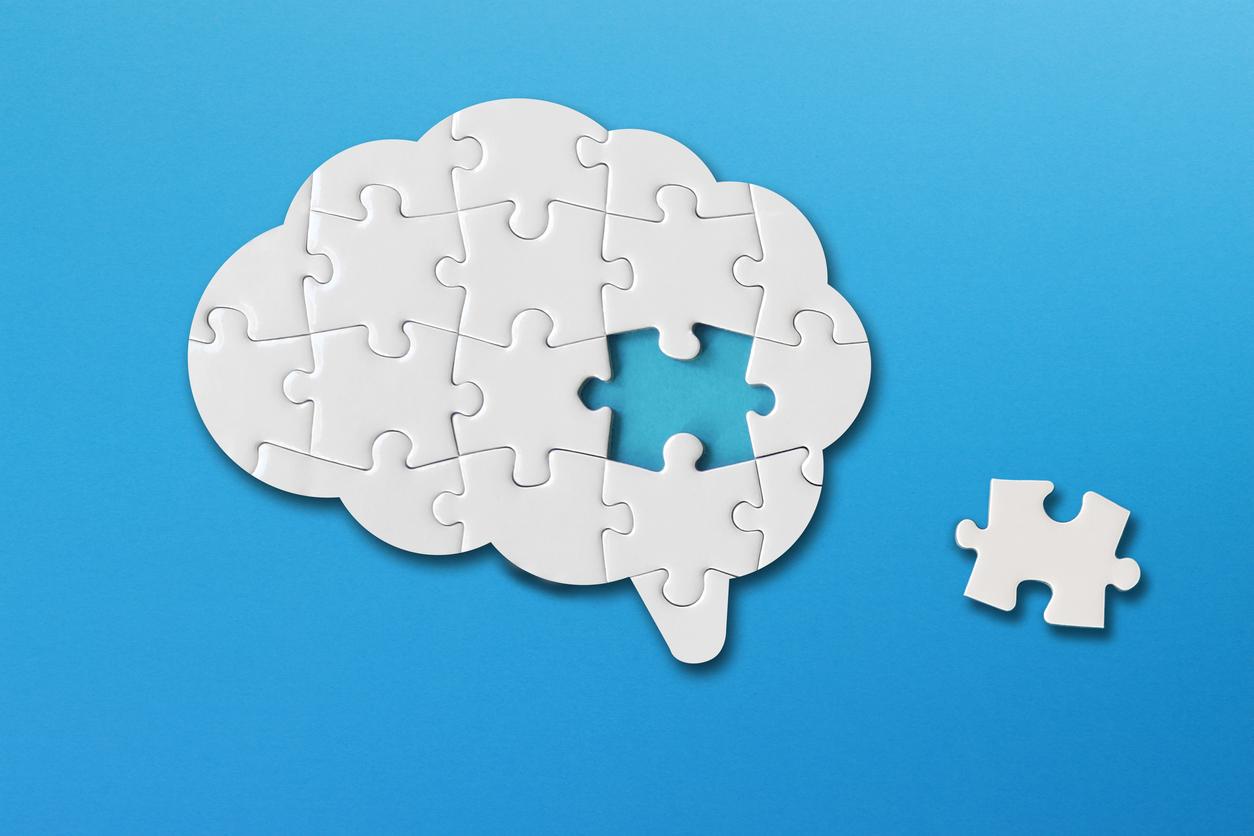Faced with the challenge represented by the increase in the number of cases of dementia, many scientists are working on the development of a reliable, rapid and effective test which would make it possible to detect Alzheimer’s disease at an early stage.
Some are looking to develop a blood test. Others have developed an eye test (called OCT angiography) that would detect early signs of cognitive impairment in the retina. For its part, a team of researchers at Imperial College Londonhis developed an algorithm that would identify people who are at the highest risk of cognitive impairment, with 98% efficiency.
From a simple brain scan
From a simple brain scan, a completely painless examination, the algorithm (already tested on more than 400 people) makes it possible to extremely quickly search for abnormalities in 115 regions of the brain, by analyzing characteristics such as size, shape and texture. A track already explored in 2018 by researchers from the University of Toronto, Canada, who then chose MRI rather than scintigraphy. The algorithm searches for 660 different features in the brain, picking up very subtle changes that would go unnoticed by the human eye.
Getting an early Alzheimer’s diagnosis is crucial in providing patients with the best care and plan for the future.
Whilst there is no cure, Imperial researchers have found that a single MRI scan of the brain could be enough to diagnose the disease https://t.co/RtUrpgzIz3
— Imperial College (@imperialcollege) June 20, 2022
“Currently, no other simple method can predict Alzheimer’s disease with this level of accuracy, so our research is an important step forward,” said Professor Eric Aboagye, lead author of the study. “Waiting for a diagnosis can be a horrifying experience for patients and their families. If we could reduce the wait time, simplify the diagnostic process and reduce some of the uncertainty, that would help a lot,” he added. by announcing that the test could be offered to patients in Great Britain within 3 years.
Source : A predictive model using the mesoscopic architecture of the living brain to detect Alzheimer’s diseaseCommunications medicine, June 2022
Read also :
- Alzheimer’s: what are these “good fats” that reduce the risk by 50%
- Alzheimer’s: 9 good habits to adopt without delay to prevent the disease
- What is the true origin of Alzheimer’s disease?













